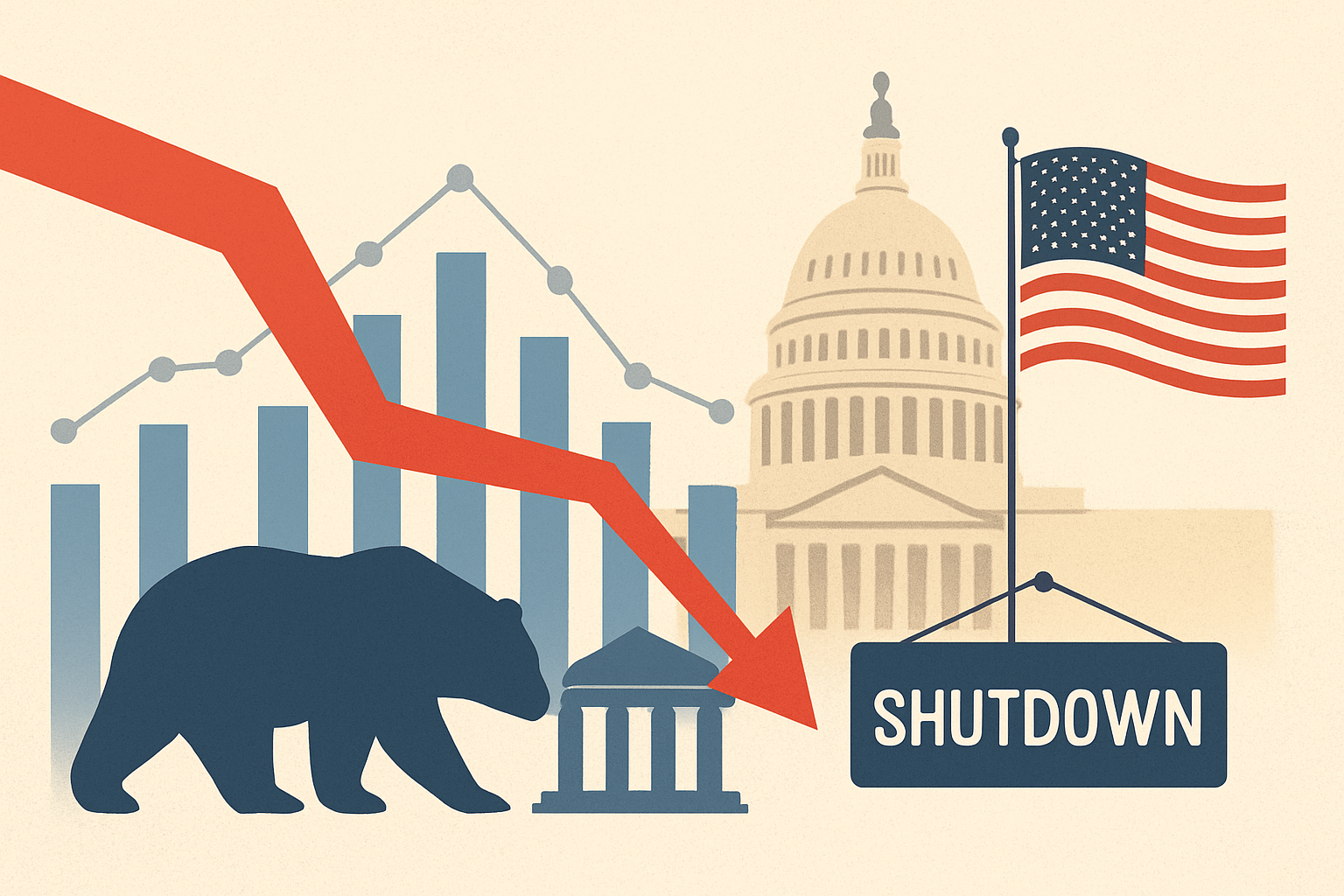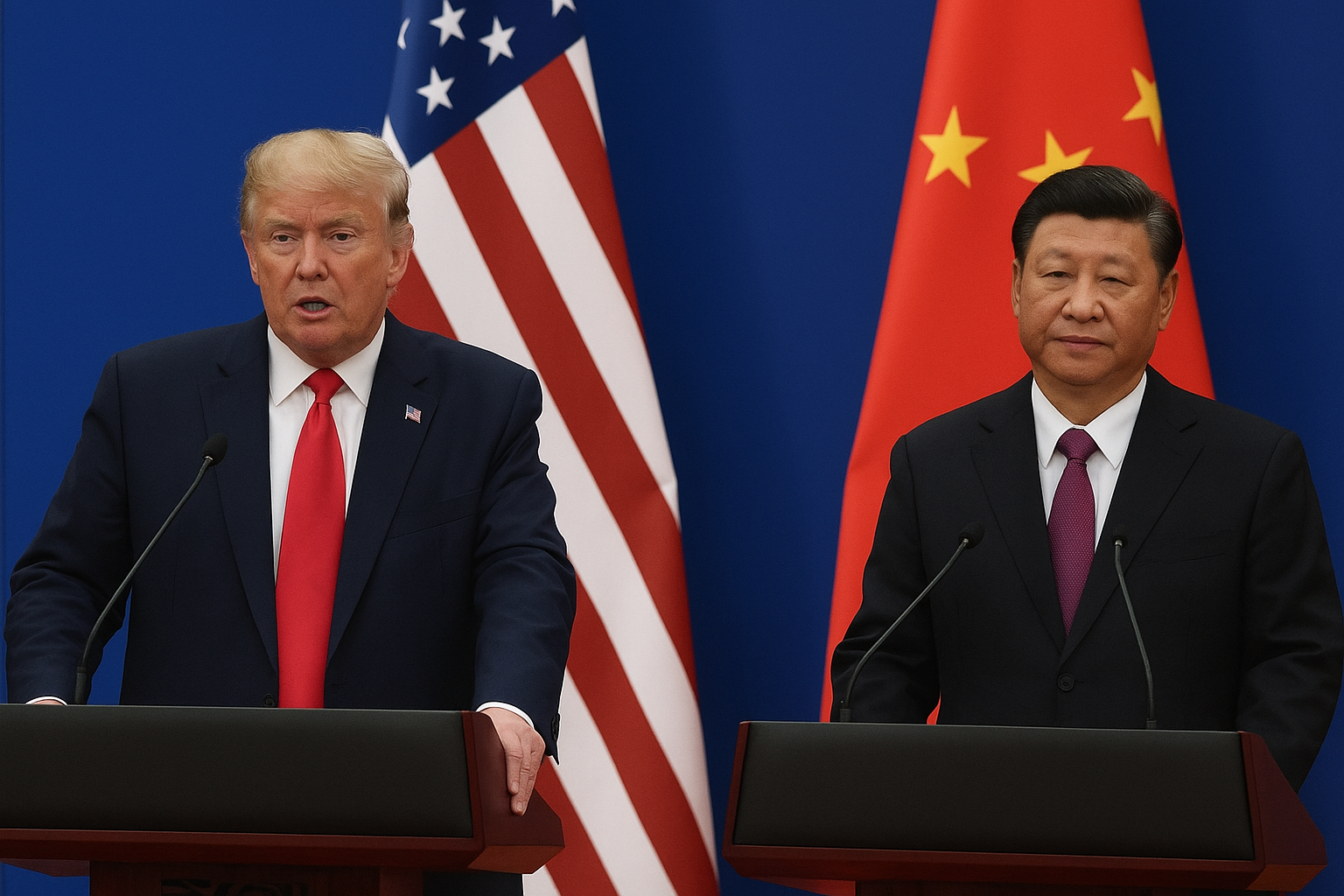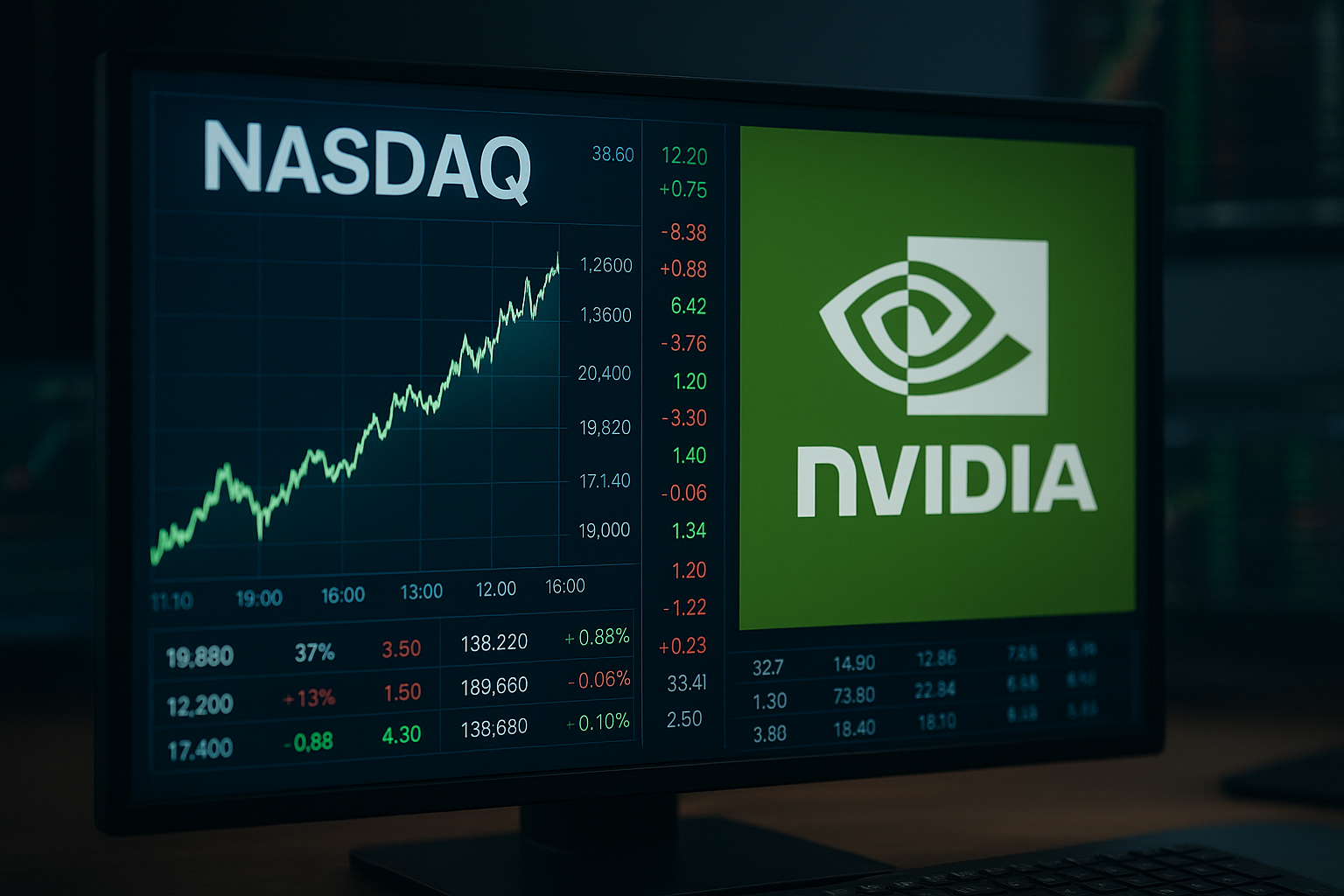Wall Street entered the new week under pressure as U.S. equity futures pulled back, reflecting investor anxiety over a looming government shutdown. With funding negotiations stalling in Congress, traders are bracing for potential disruptions in the flow of crucial economic data — an outcome that could cloud the Federal Reserve’s decision-making process at a pivotal moment for monetary policy.
Market Nerves Ahead of Shutdown
The prospect of a U.S. government shutdown has weighed heavily on investor sentiment. As Reuters reported, S&P 500 and Nasdaq futures fell early Tuesday, while Treasury yields edged lower amid a flight to safety. A shutdown could delay or suspend key government data releases, including employment figures and inflation reports — two indicators the Fed relies on to calibrate interest rate policy.
Analysts warn that a prolonged blackout of economic signals would force investors and policymakers alike to lean more heavily on anecdotal evidence, market proxies, and forward guidance. “The absence of hard data would amplify uncertainty and could elevate volatility across asset classes,” said a senior strategist at Deutsche Bank, echoing concerns voiced across Wall Street desks.
Why This Matters for Investors
1. Fed Policy in the Dark
Without timely labor and inflation reports, the Federal Reserve may have to base policy decisions on incomplete information. This raises the risk of policy missteps at a time when markets are delicately balanced between expectations for rate cuts and fears of inflation persistence.
2. Market Volatility Risks
Historically, government shutdowns have had mixed direct effects on equities, but the indirect impact — via uncertainty and impaired data flow — can amplify swings in futures, bonds, and currencies. For instance, during the 2018–19 shutdown, markets struggled to price in risk accurately due to missing data releases, pushing volatility measures higher.
3. Global Spillovers
Investors worldwide track U.S. data as benchmarks for economic health. A disruption could ripple into global markets, affecting everything from commodity prices to foreign exchange dynamics. Emerging market currencies, often sensitive to swings in U.S. yields, may be particularly exposed.
Future Trends to Watch
Congressional Negotiations
Short-term funding resolutions or a last-minute compromise could calm nerves, but repeated brinkmanship risks embedding a “governance premium” into U.S. assets. Fitch’s downgrade of U.S. creditworthiness in 2023 underscored how political dysfunction can erode investor confidence.
Safe-Haven Flows
Gold has already surged to record highs, while Treasury yields have softened as investors position defensively. If shutdown risks persist, expect continued strength in safe-haven assets.
Corporate Guidance
With government data at risk of delay, earnings reports and corporate commentary could become more influential for markets. Companies with international exposure or strong balance sheets may stand out as relative safe havens.
Key Investment Insight
Investors should prepare for heightened volatility as the shutdown deadline approaches. Positioning with hedges — such as volatility-linked instruments, protective puts, or allocations to gold and high-quality bonds — can mitigate downside risk. Equity investors may favor defensive sectors like utilities and healthcare, which tend to hold up better in periods of macro uncertainty.
For more aggressive positioning, traders could look to capitalize on volatility spikes through options strategies, though timing remains critical. Above all, maintaining liquidity and flexibility is essential until greater clarity emerges on both the fiscal and monetary fronts.
Key Takeaways
The U.S. government shutdown standoff adds a new layer of uncertainty at a critical juncture for markets already grappling with questions over Fed policy and global growth. While shutdowns are often short-lived, the risk of data blind spots makes this episode particularly challenging for investors.
Prudent positioning, close monitoring of congressional negotiations, and a focus on safe-haven hedges are advisable in the days ahead. For ongoing coverage of how political and economic developments shape markets, stay tuned with MoneyNews.Today — your trusted source for actionable investor insights.





